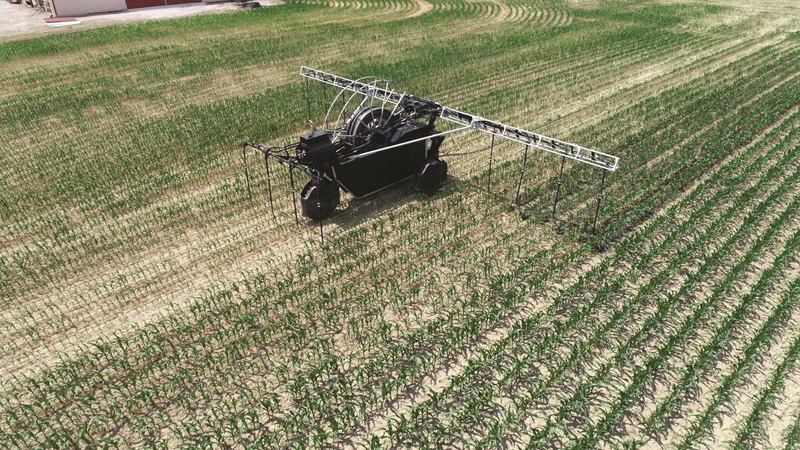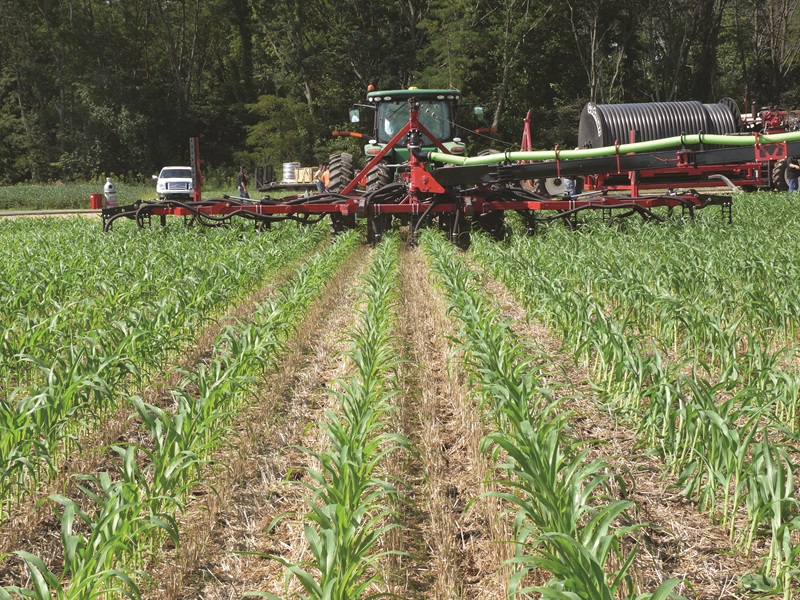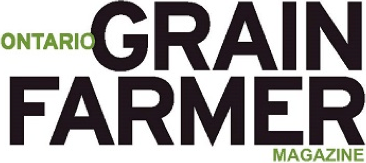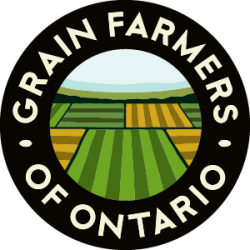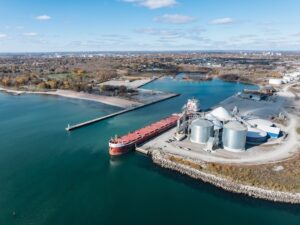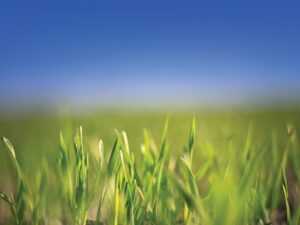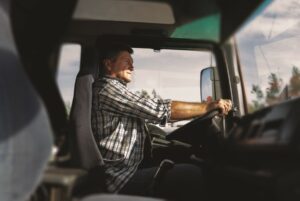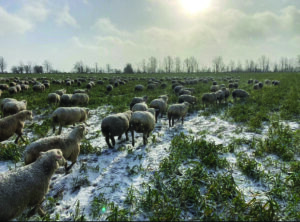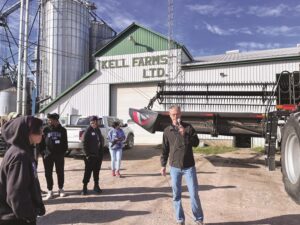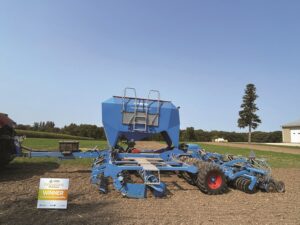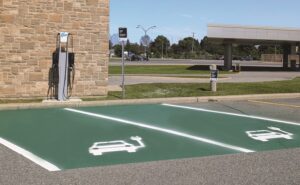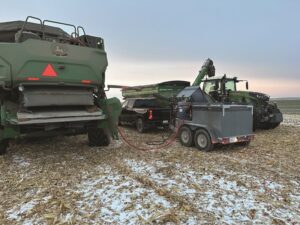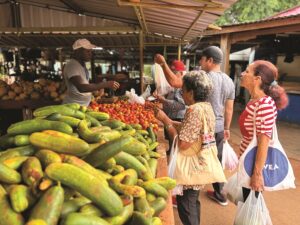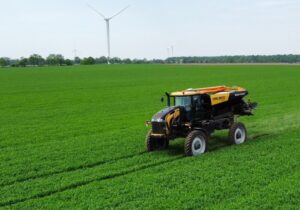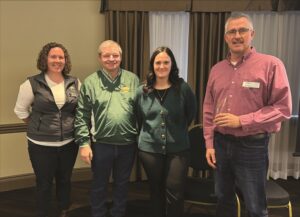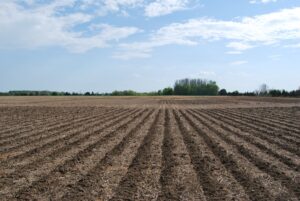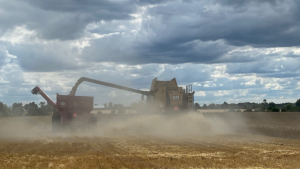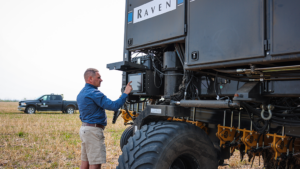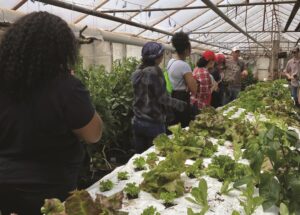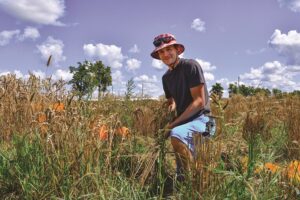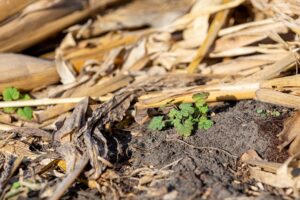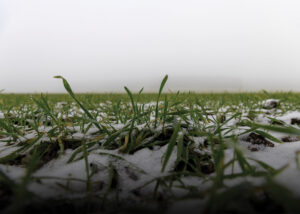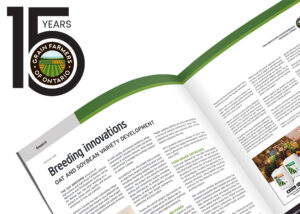CropSide – Improving the circular economy of manure
AGRONOMIC INFORMATION FROM ONTARIO'S CROP SPECIALISTS

Ontario Ministry of Agriculture, Food and Agribusiness
WHAT IS A CIRCULAR ECONOMY?
“Circular economy” has become a popular phrase when referring to sustainable practices. In a circular economy, nothing is waste. “The circular economy retains and recovers as much value as possible from resources by reusing, repairing, refurbishing, remanufacturing, repurposing, or recycling products and materials.” (Canada.ca)
When it comes to manure management, the ultimate circular economy is returning manure to the fields that produce the feed. However, this is challenging for larger farms with high-water-low-nutrient liquid manure and where crops are grown further from manure storage. Increasing interest in improving nutrient efficiencies and new technologies provides innovative options that come closer to the ideal of whole-farm nutrient utilization.
WHY SEPARATE MANURE LIQUIDS AND SOLIDS?
The cost of transporting manure that is over 95 per cent water makes application to fields further from the storage inefficient. The most practical method of generating manure in a circular economy is to extract the solids for transporting further distances and find a cost-effective method for handling the remaining liquids.
Over the past several years, solid separation systems are becoming more common. Depending on livestock type, ration, and bedding, the concentrated solids can be transported a greater distance for nutrient and organic matter value. Handling the liquids–mainly water mixed with a small amount of ammonium, nitrogen, and potassium–has been the barrier.
NEW OPTIONS
New technology is now commercially available to apply the liquids during the growing season into growing crops, providing water and nutrients. With 4R nutrient stewardship in mind and the introduction of high clearance application equipment, this concept has been expanded for the application of watery liquid manure into standing corn, forages, cereals, and even soybeans during the growing season. 360 Rain® and Cadman CMA® are the first to market and will likely inspire other future technologies.
360 Rain robotically applies manure at very low rates in the same field(s) several times during the growing season. Additionally, the ability to inject nutrients (e.g., 28 per cent UAN) or water during dry periods adds to its economic potential. With a maximum of 3,000 feet of hose, it is restricted to a limited acreage while conventional tankers or in-row drag hose systems with high clearance toolbars can cover a larger area, usually less often and with higher application rates.
A WINNING COMBINATION
Improved economics for moving solid manure to fields further from the livestock, potentially to farms without livestock, and utilizing the remaining water and nutrients in a timely manner to boost yields–all the while maximizing nutrient efficiency and minimizing environmental risk–provides the ultimate “win-win” for a circular economy with manure. •
